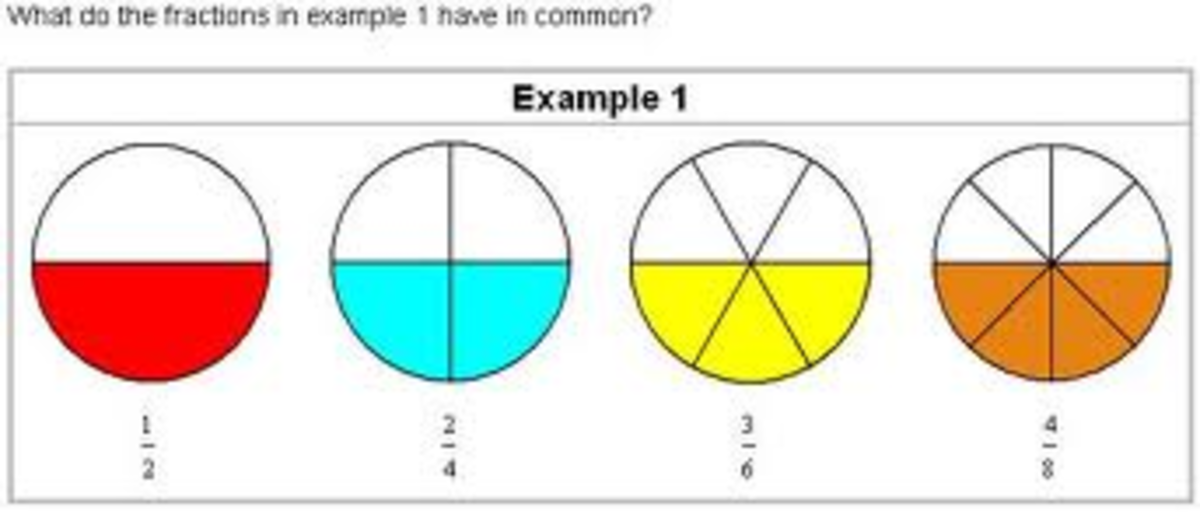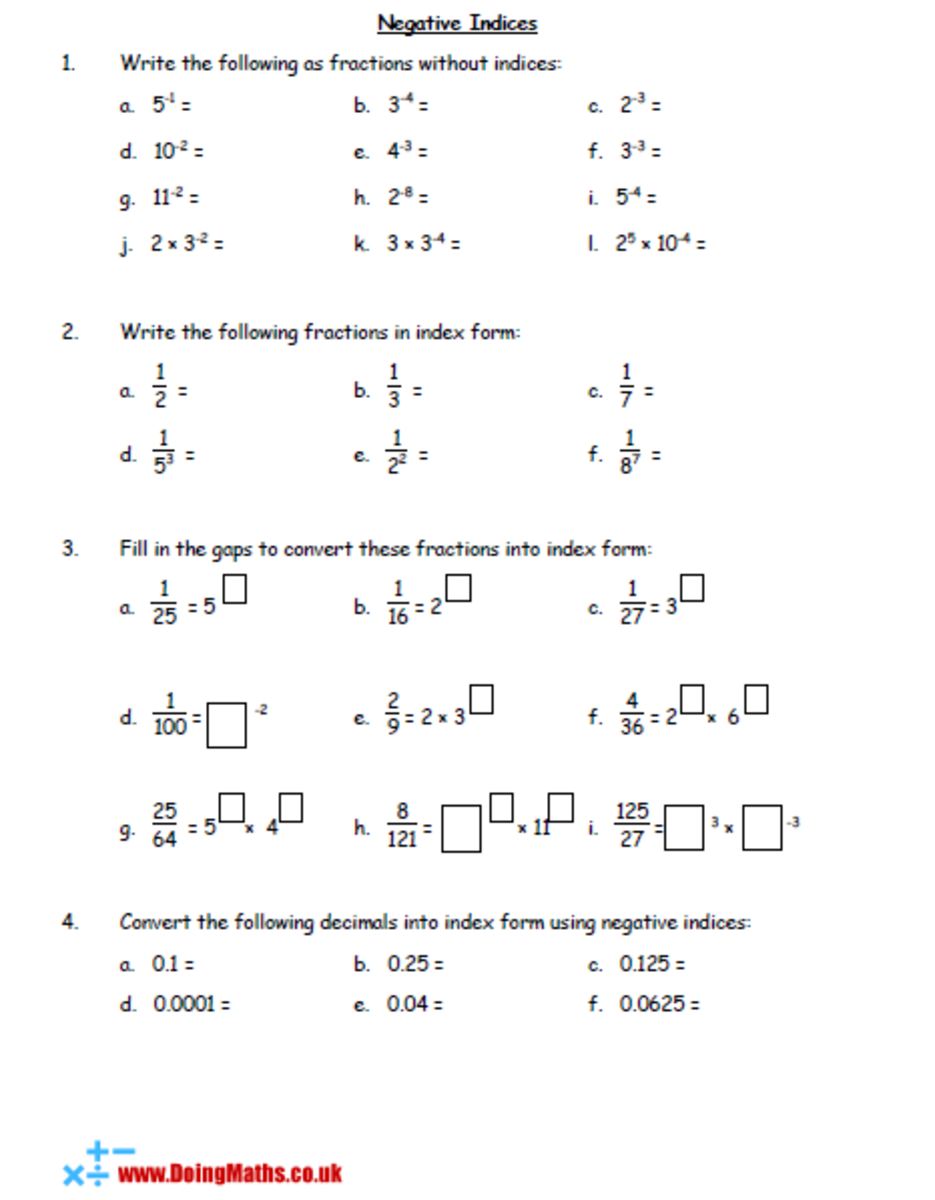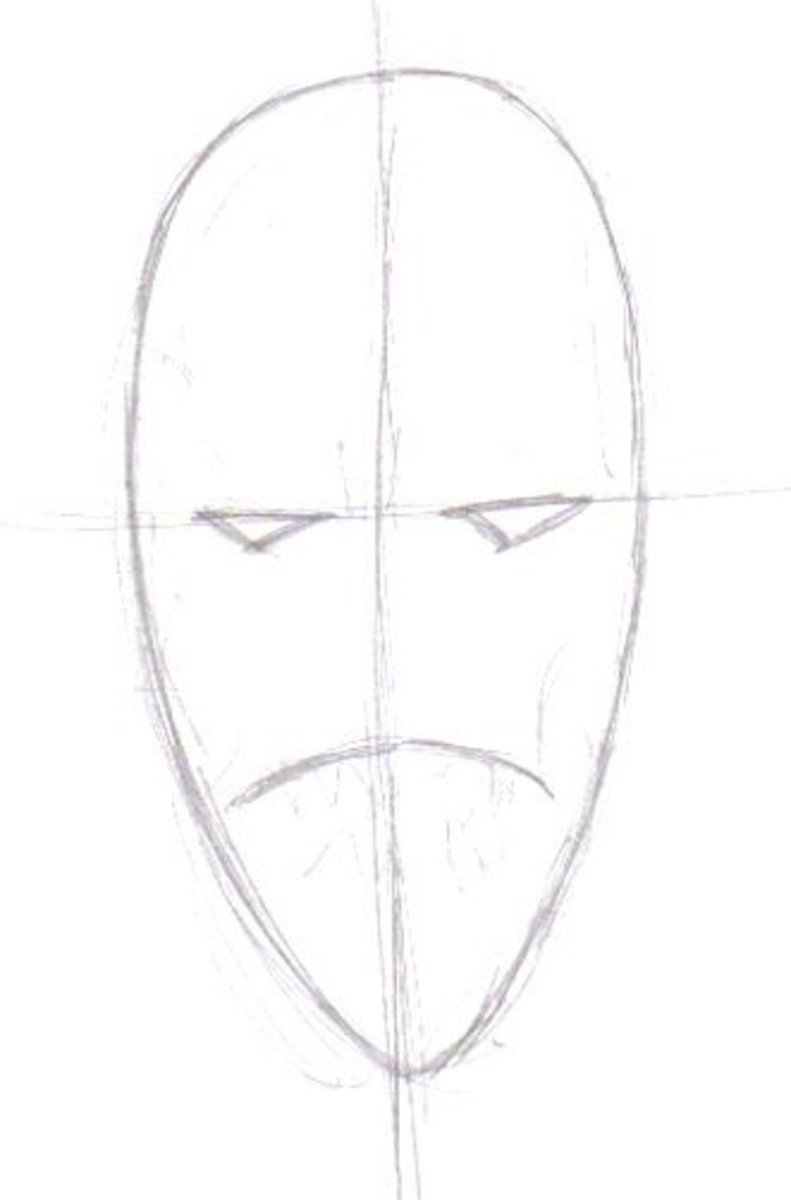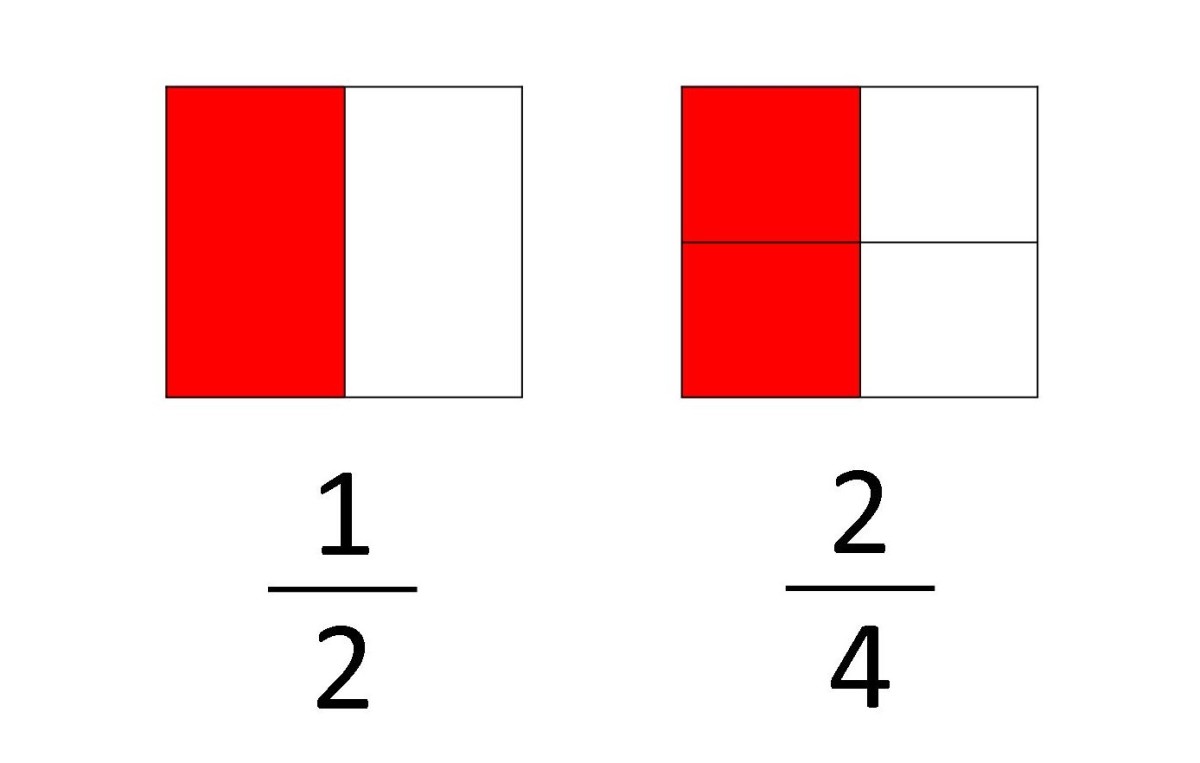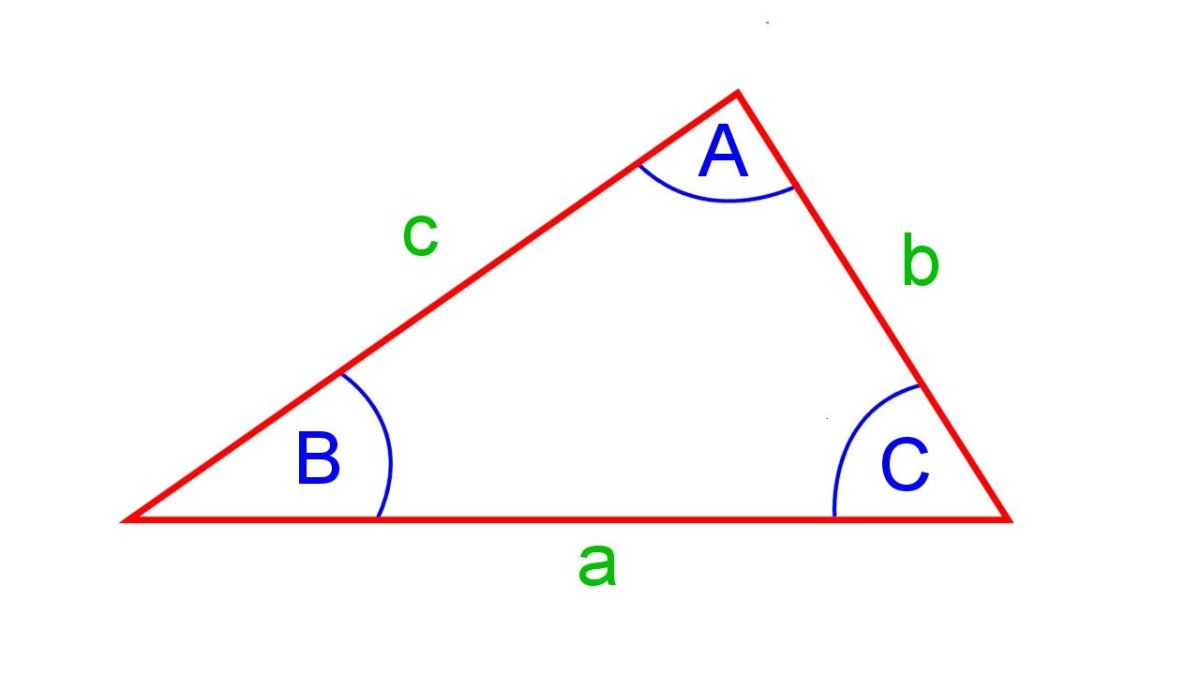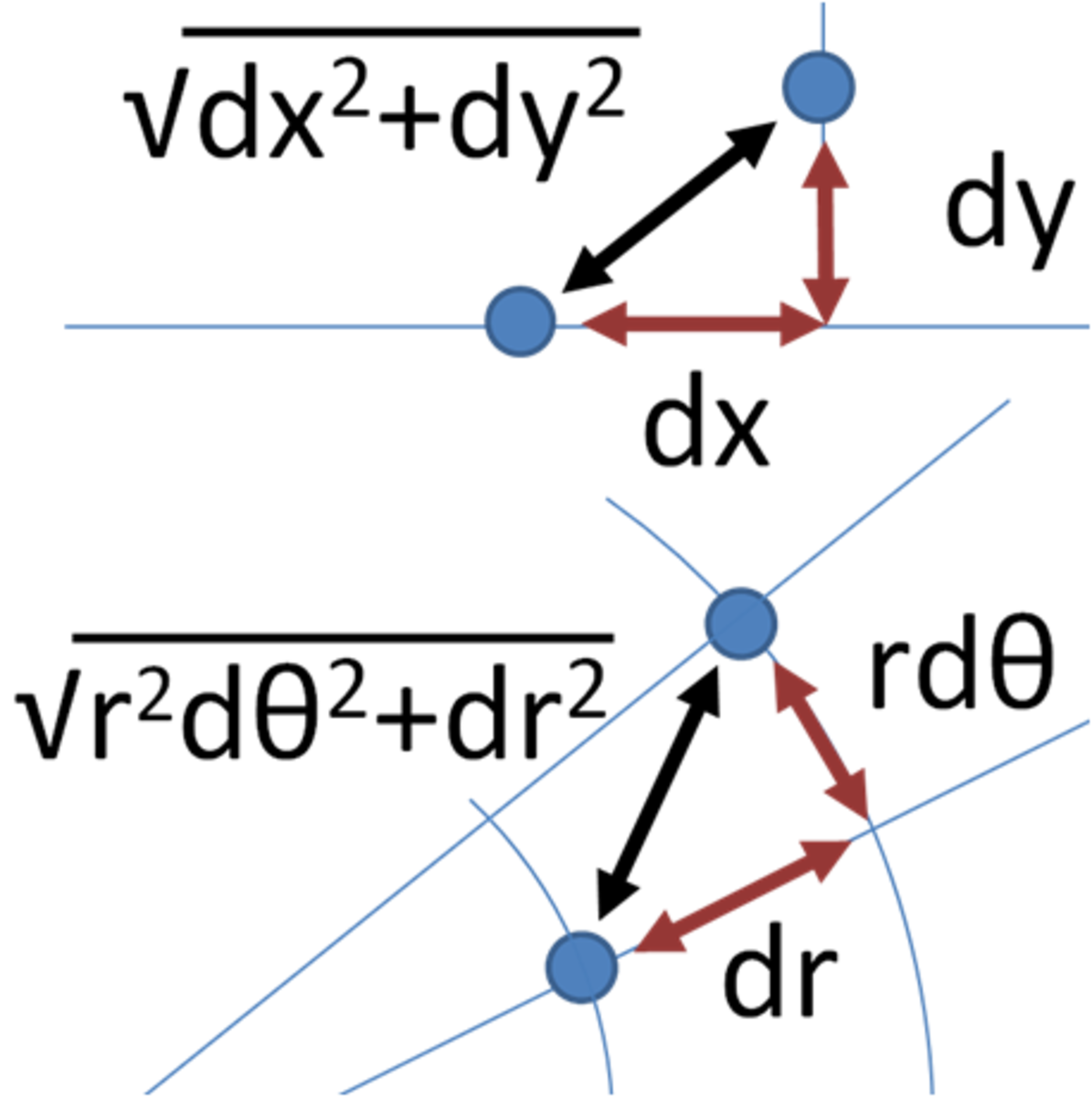Adding (or taking) two fractions together. Step by step fraction guide.
How To Add Fractions Video
If you have to add (or take) two fractions then you will need to make a common denominator. This means you need to make two equivalent fractions so that both fractions have the same denominator. Once the denominator are the same you can add (or take) the numerators keeping the denominator the same.
Example 1
Work out 3/8 + 2/8
Here the denominators are the same so you don’t need to make any equivalent fractions.
So:
3/8 + 2/8 = 5/
Example 2
Work out 4/7 + 1/3
Now since the two fractions have different denominators you need to make equivalent fraction so the denominators are the same.
7 and 3 both divide exactly into 21 without any remainders (21 is called the lowest common multiple).
So:
4/7 = 12/21
1/3 = 7/21
Now just add these fractions together:
12/21 + 7/21 = 19/21
Example 3
Work out 5/8 - 2/7
Now since the two fractions have different denominators you need to make equivalent fraction so the denominators are the same.
8 and 7 both divide exactly into 56 without any remainders (56 is called the lowest common multiple).
So:
5/8 = 35/56
2/7 = 16/56
Now take the fractions away:
35/56 - 16/56 = 19/56
Example 4
Work out 1/4 + 5/12
Again you need to make the fractions so that they have common denominators.
In this case you only need to change the first fraction as 4 and 12 both divide into 12.
So:
1/4 = 3/12
Now take the fractions away:
3/12 + 5/12 = 8/12 = 2/3
For some more help on adding or taking fractions click here.
If you want some fraction problems click here.
Read here if you want to add 3 fractions together.


